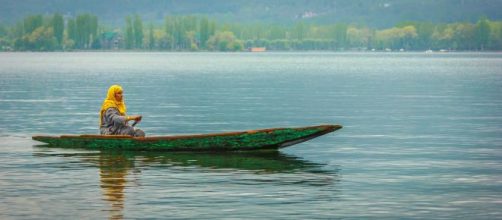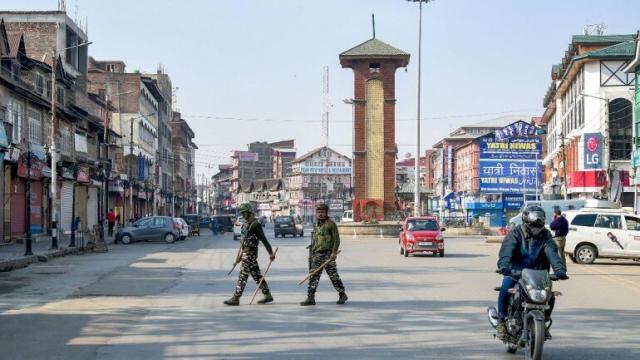In 1947, the British divided India into Hindu and Muslim dominated areas. This is known as the Two-Nation theory. The state of Pakistan was created as a theocratic Muslim state while India opted to become a secular republic. The divide between Hindus and Muslims has never been completely bridged in Kashmir. One of the reasons that Pandit Jawaharlal Nehru incorporated article 370 and 35a in the constitution was basically to placate the Muslim majority of the state. It was incorporated as a temporary measure but lingered on for the next 72 years.
The result was disastrous for the Kashmir state as there was no development, and certain feudal families like the Abdullah's and the Mufti's continued to rule the state, keeping it backward. With all-around poverty and lack of jobs, the Muslims of the valley were easy prey to Pakistan propaganda and decided to take up arms against the Indian state.
Insurrection
This insurrection has continued for three decades, and the government, which was mostly from the Congress Party, failed to tackle the militancy. The Times of India reported that the wheel had turned full circle. On the 31st of October, the Kashmir state was divided into two union territories, namely Jammu and Kashmir and Ladakh. The Hindu has reported that Modi has warned all concerned that this bifurcation is an internal affair of India.
Union territories
31st October is also the birthday of Sardar Vallabhbhai Patel, who is often referred to as the Iron Man of India. He was the man who integrated 560 princely states into the Indian Union by force and negotiations. Sardar Patel died in 1950, leaving Pandit Jawaharlal Nehru a free hand as far as the state of Jammu and Kashmir is concerned.
The arrival of the right-wing BJP party led by Narendra Modi at the helm of affairs in India changed all that. It did the unthinkable, and Modi abolished article 370 and 35a, and that means the state will now be fully integrated with the mother country. Kashmir constitution and flag have no standing now, and all Central laws are now applicable to the state.
Modi has gone one step further and bifurcated the state into two parts. Keeping in view the active militancy by Pakistan based terror groups like Jais-e- Mohammed, Hizbul Mujahideen, and JKLF, he has downgraded the state into two union territory. The state is now divided into a predominantly Buddhist state of the Ladakh and a Hindu- Muslim state of Jammu and Kashmir. India Today has reported that there have been celebrations by the Buddhists in Leh the capital of Ladakh.
In the state of Jammu and Kashmir, there is again a communal divide. The Muslim dominated Kashmir Valley, where militancy has taken roots, is opposed not only to article 370 being abolished but also to the creation of two union territories.
In the Jammu region which is Hindu dominated, there is no such feeling of revulsion
Hindu-Muslim divide
This effectively shows that in Jammu and Kashmir, the divide between Hindus and Muslims is complete on the issue of bifurcation of the state. The abolition of Article 370 brings to the fore that Hindus and Muslims, by and large, are unable to live together.
The Hallmark of terrorist activity in the Kashmir Valley was attacking the minorities, and almost two hundred thousand Hindu Pandits on fear of death and abduction of women fled the valley. As Kashmir was a separate entity, the central government failed to intervene.
Future
Narendra Modi, who created history by the abolition of Article 370, has now rectified the anomaly by creating two union territories.
The central government will be responsible for law and order as in a union territory this is a subject of the central government
Modi has his work cut out, and the future will depend on how much the central government can control the terrorist groups, which are being actively aided by Pakistan. He has also to bring in investment for development, as article 370 is no longer in existence. it will be interesting to see how the Indian government under Modi will clean the Augean stables of Kashmir




